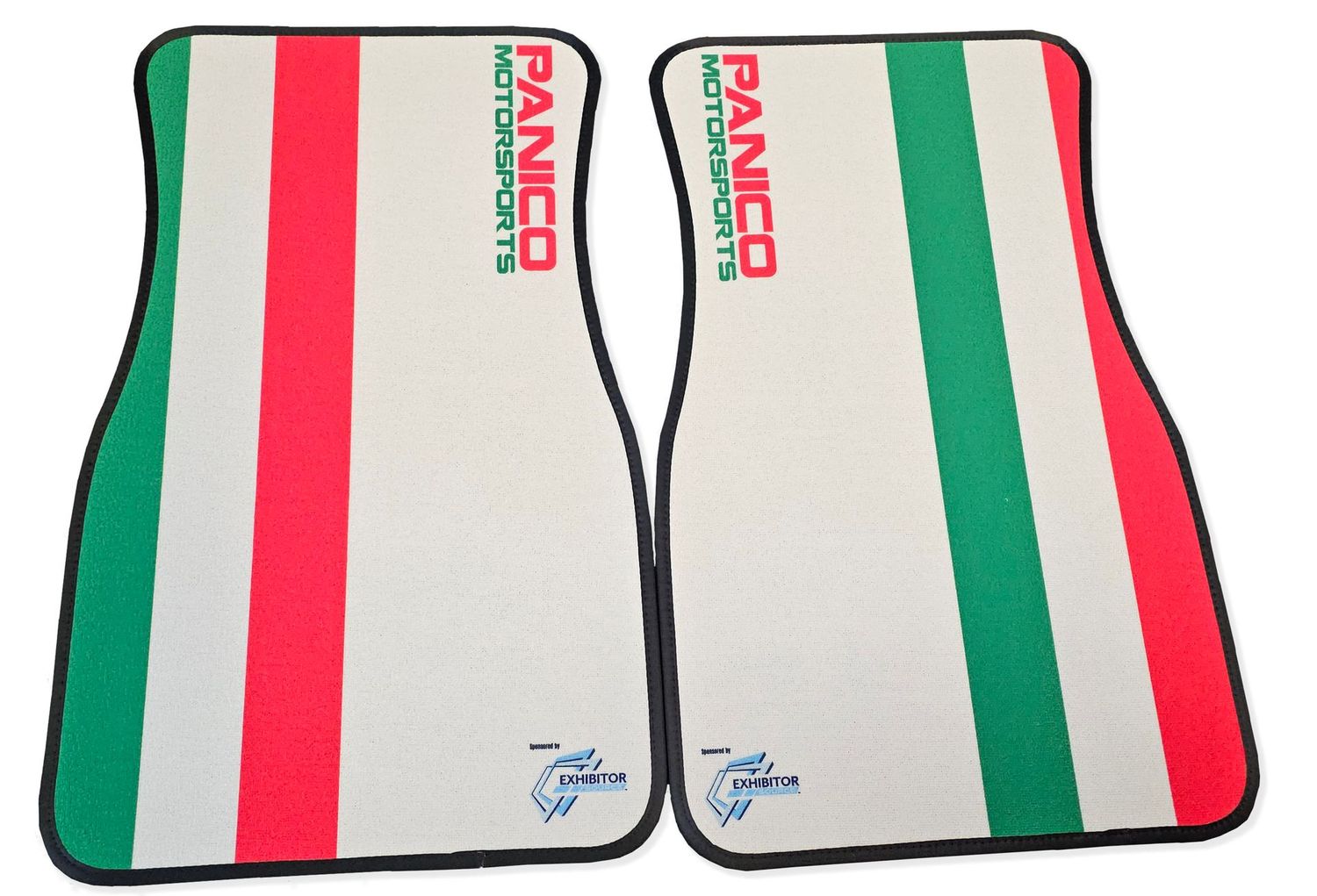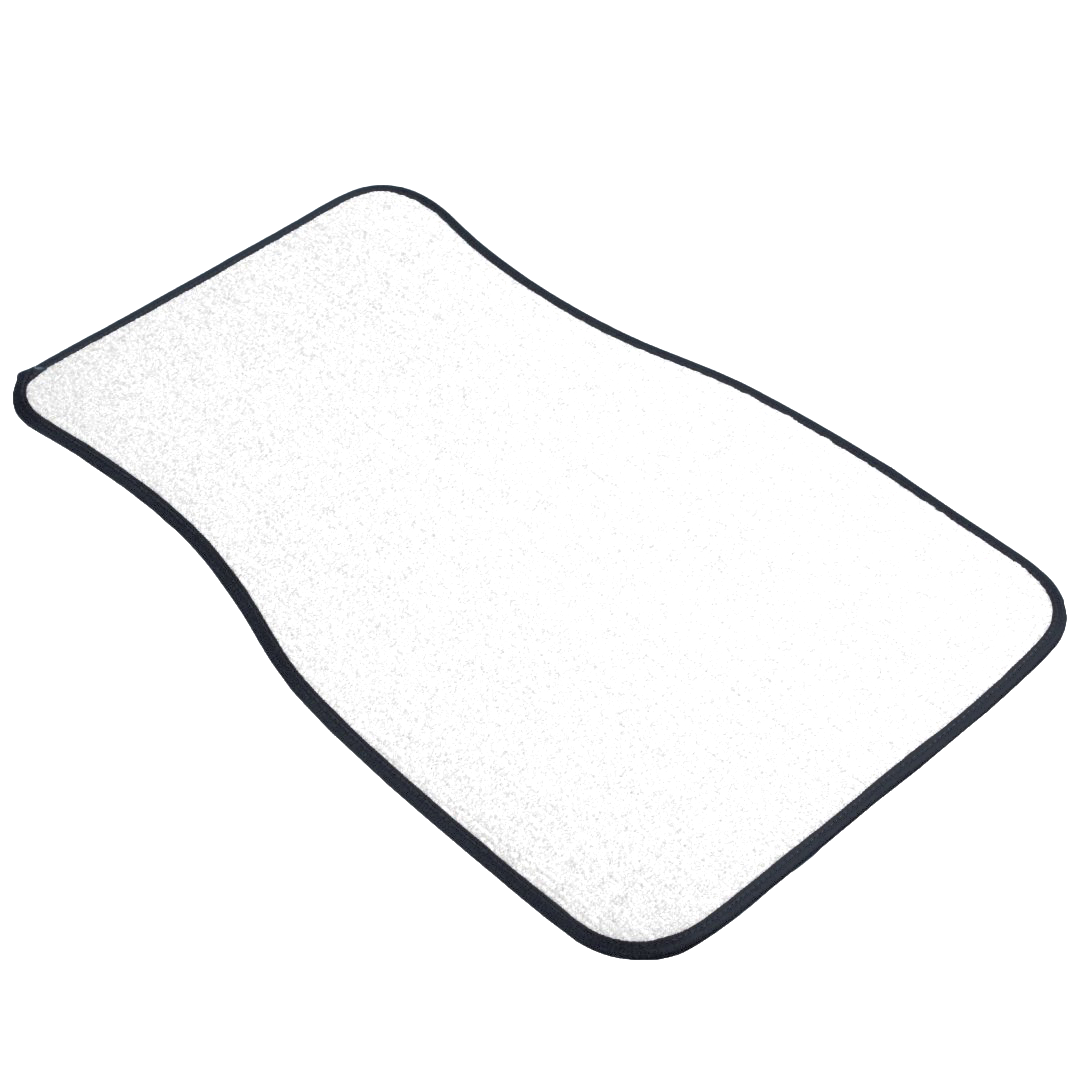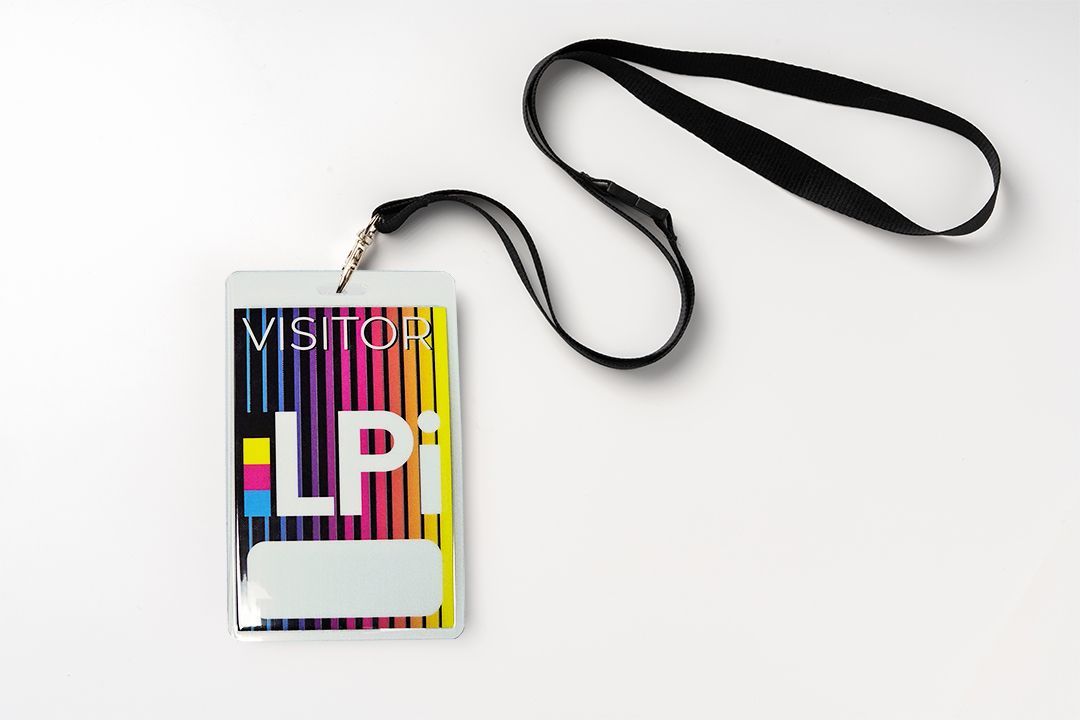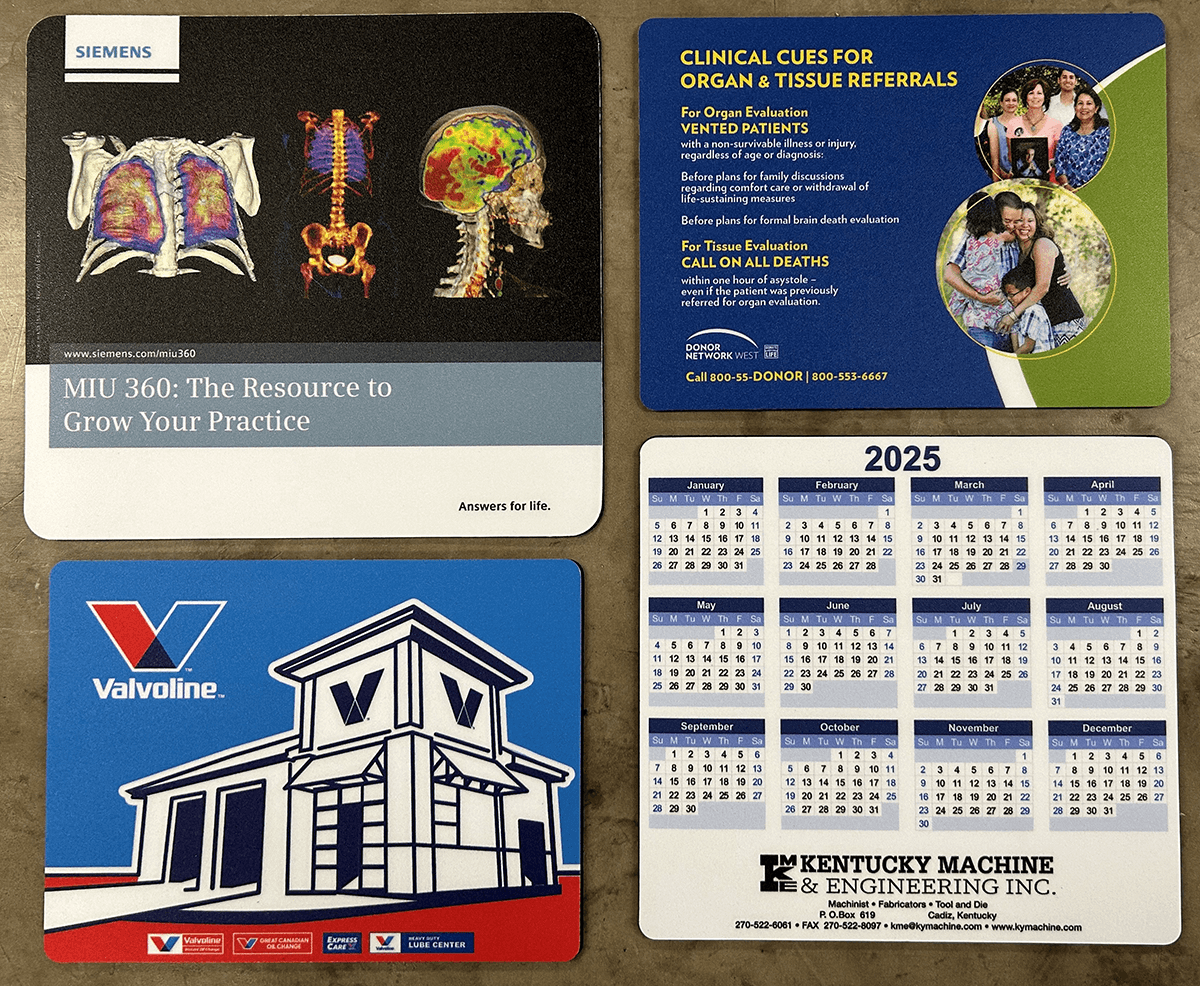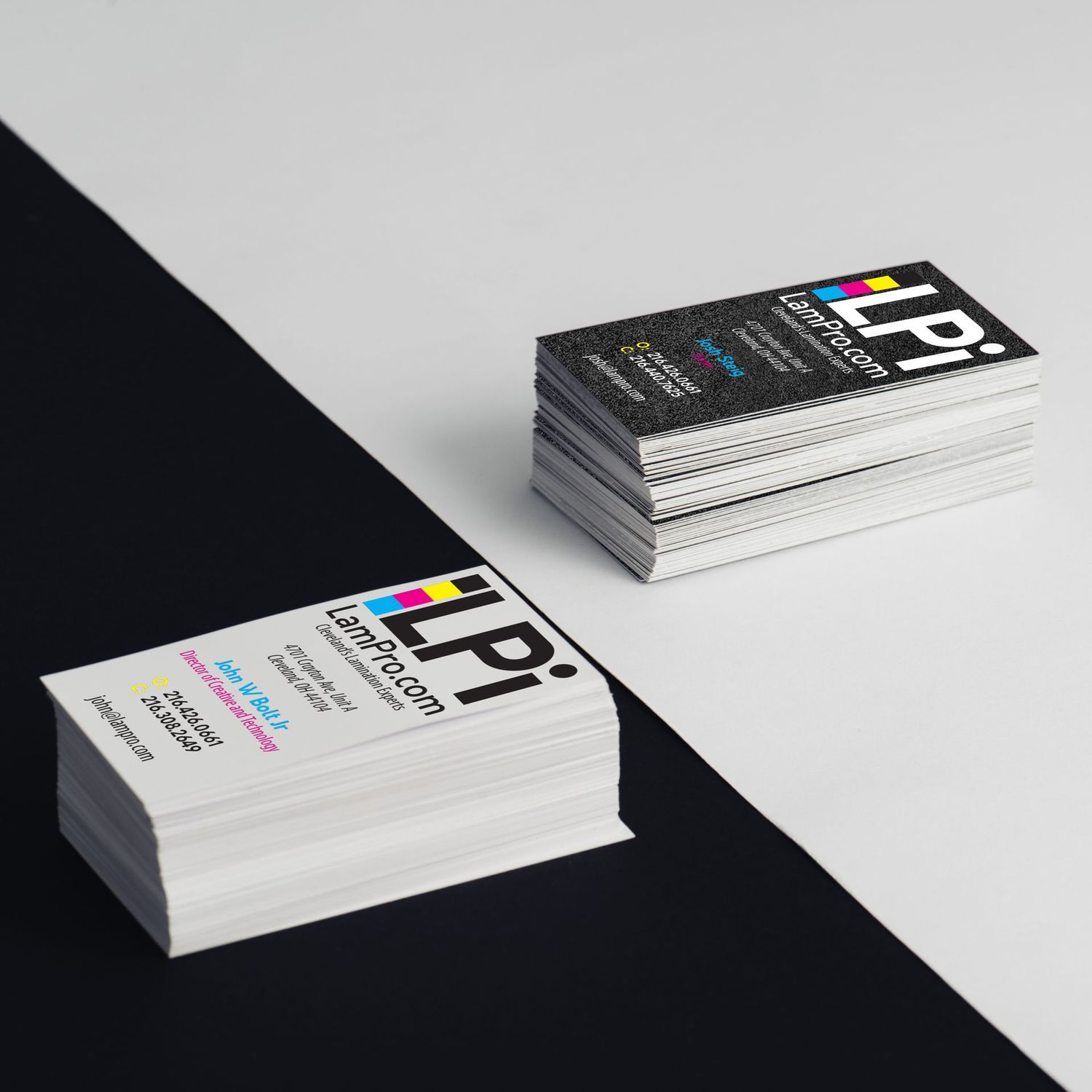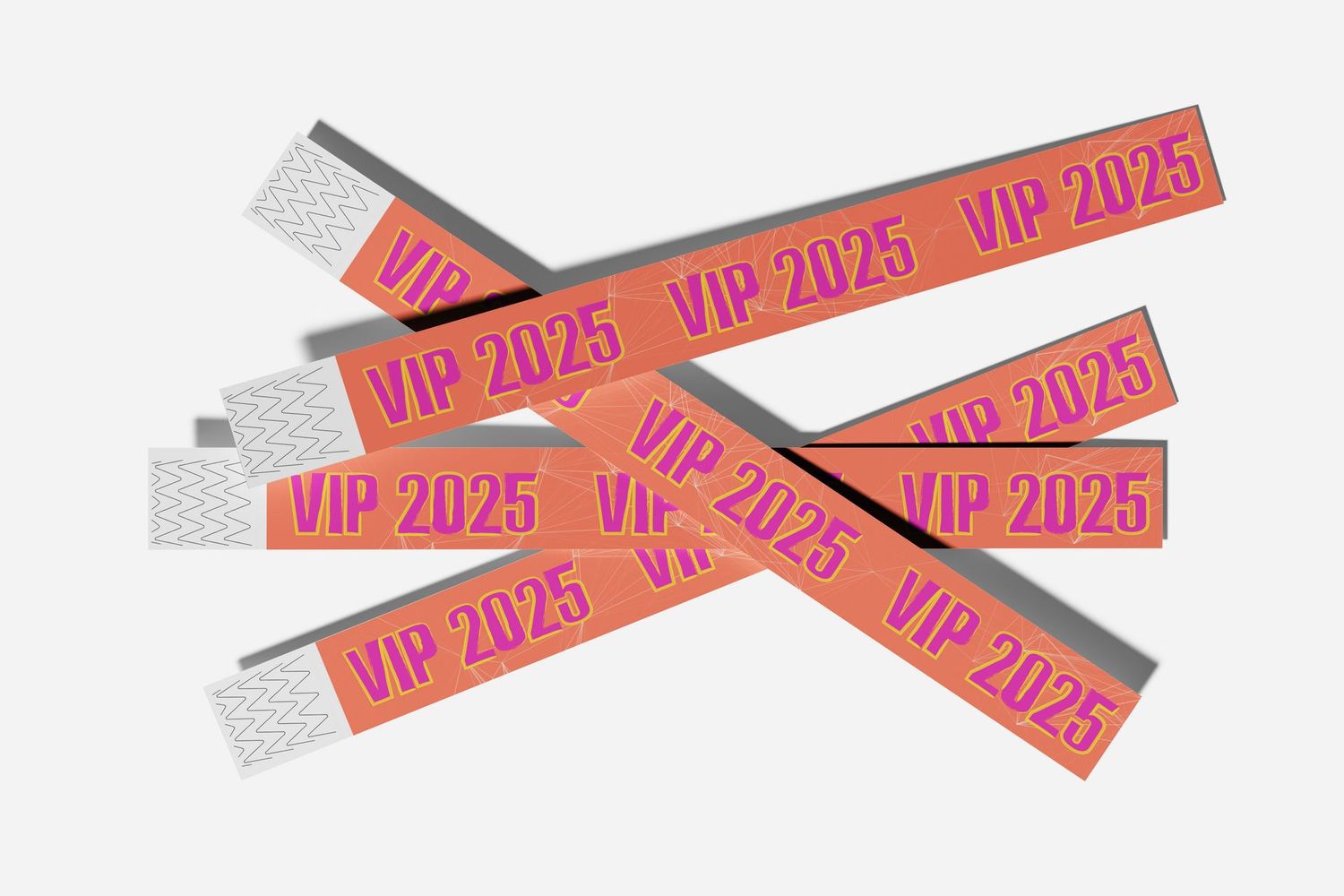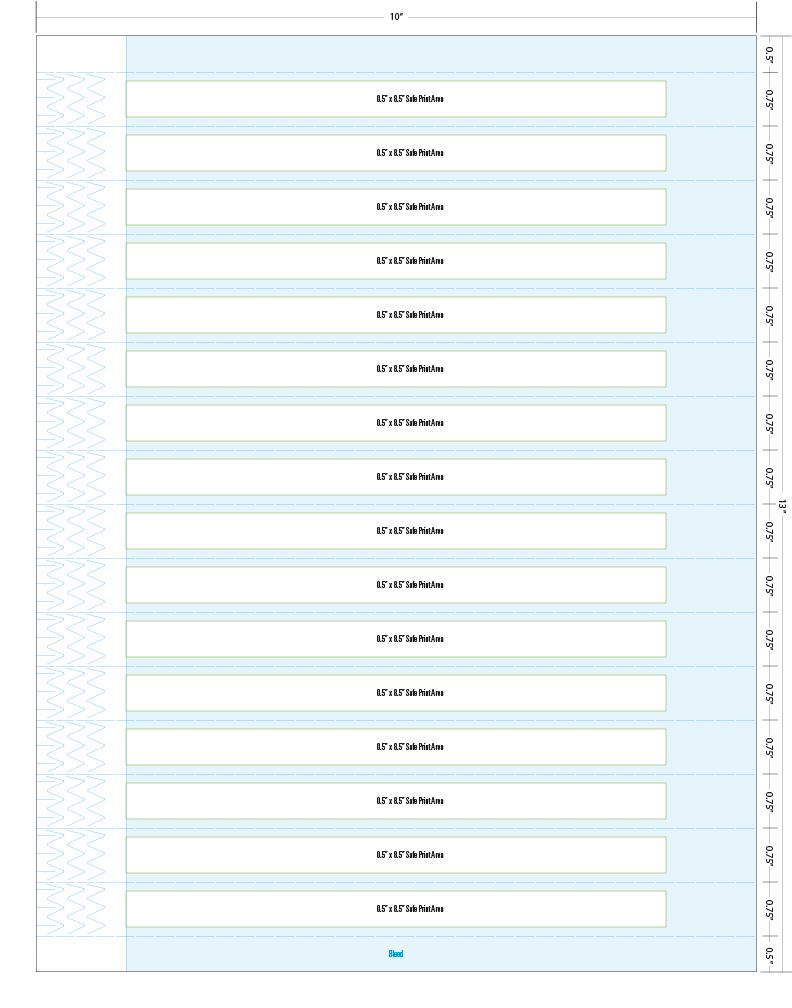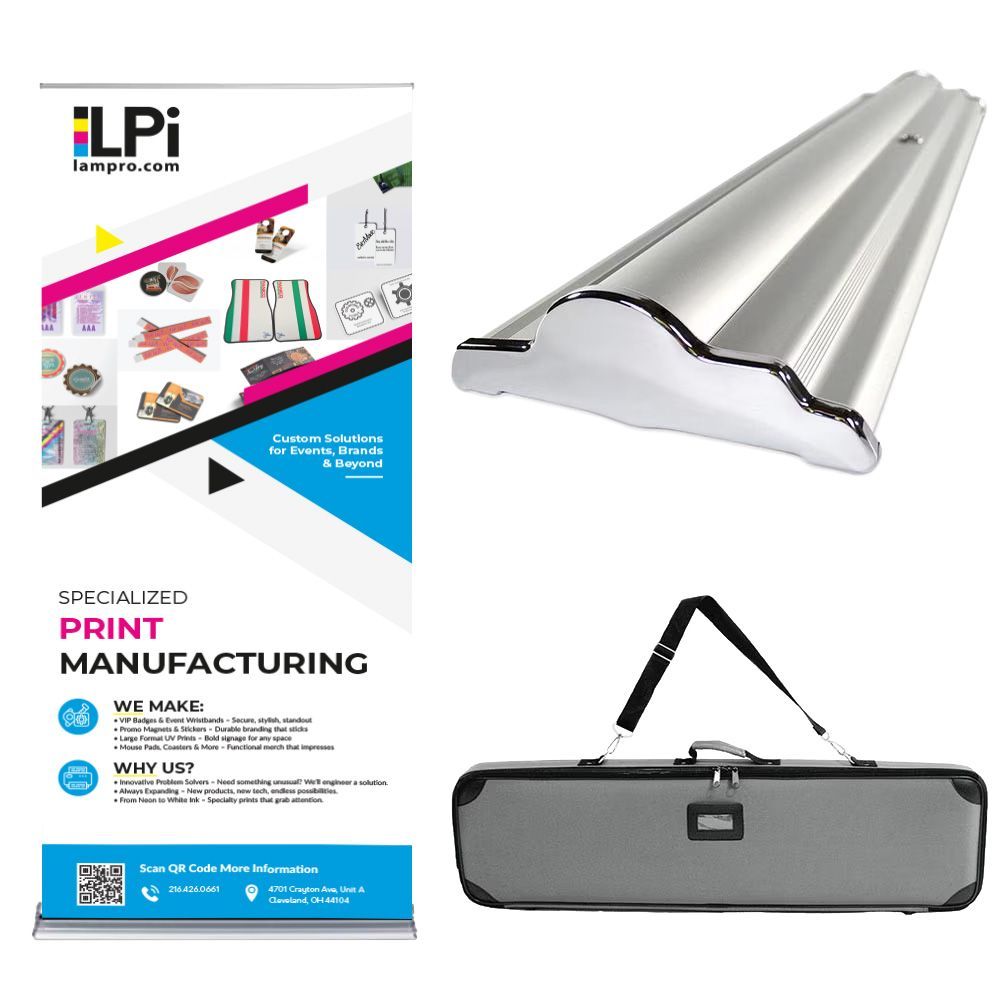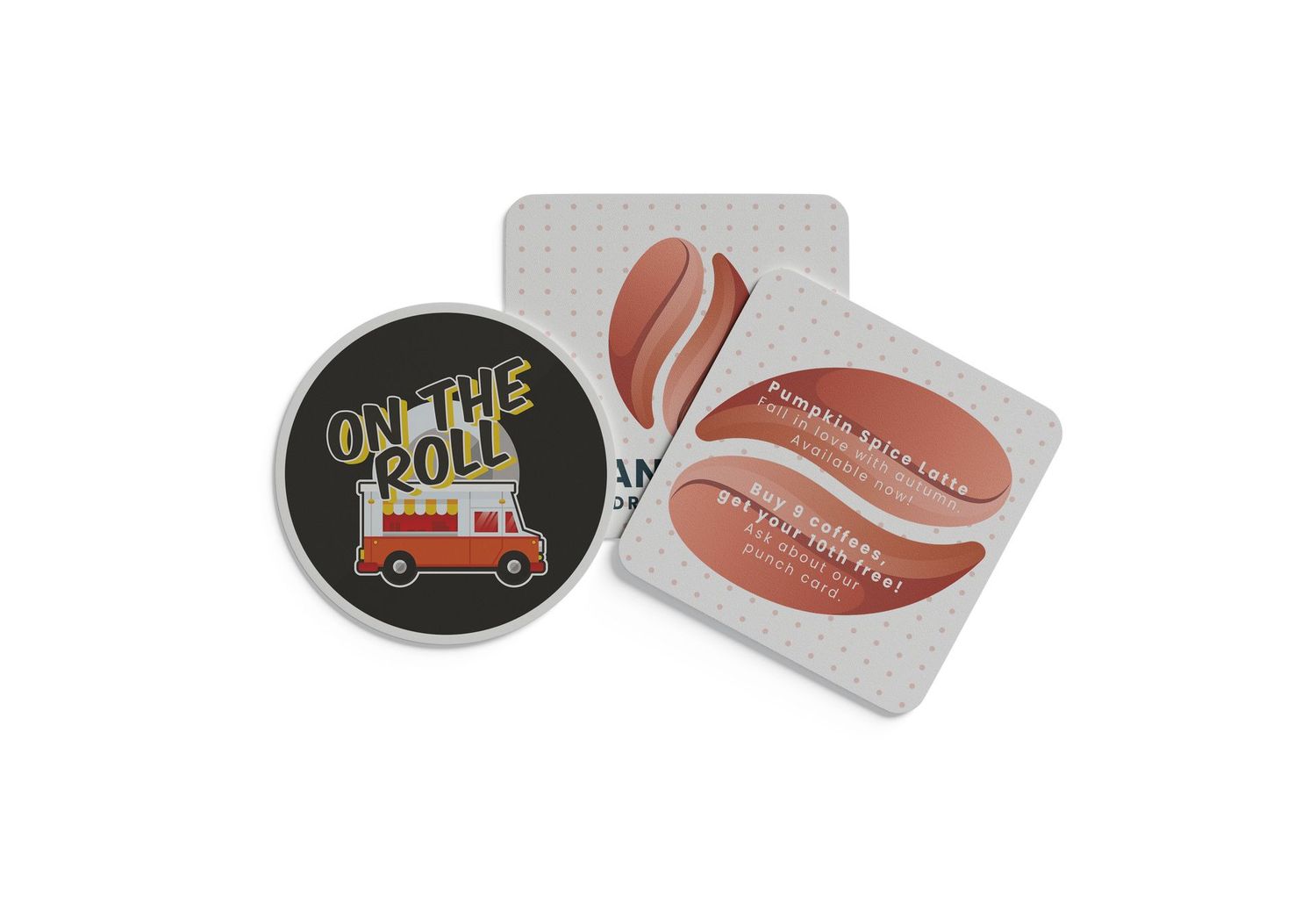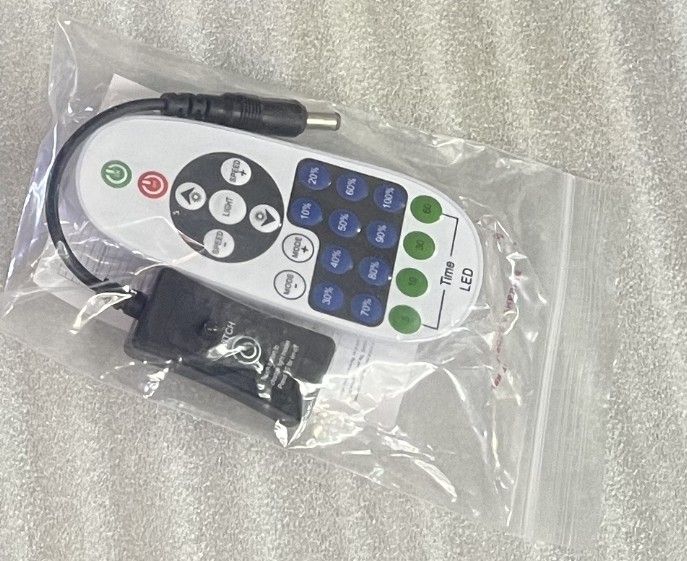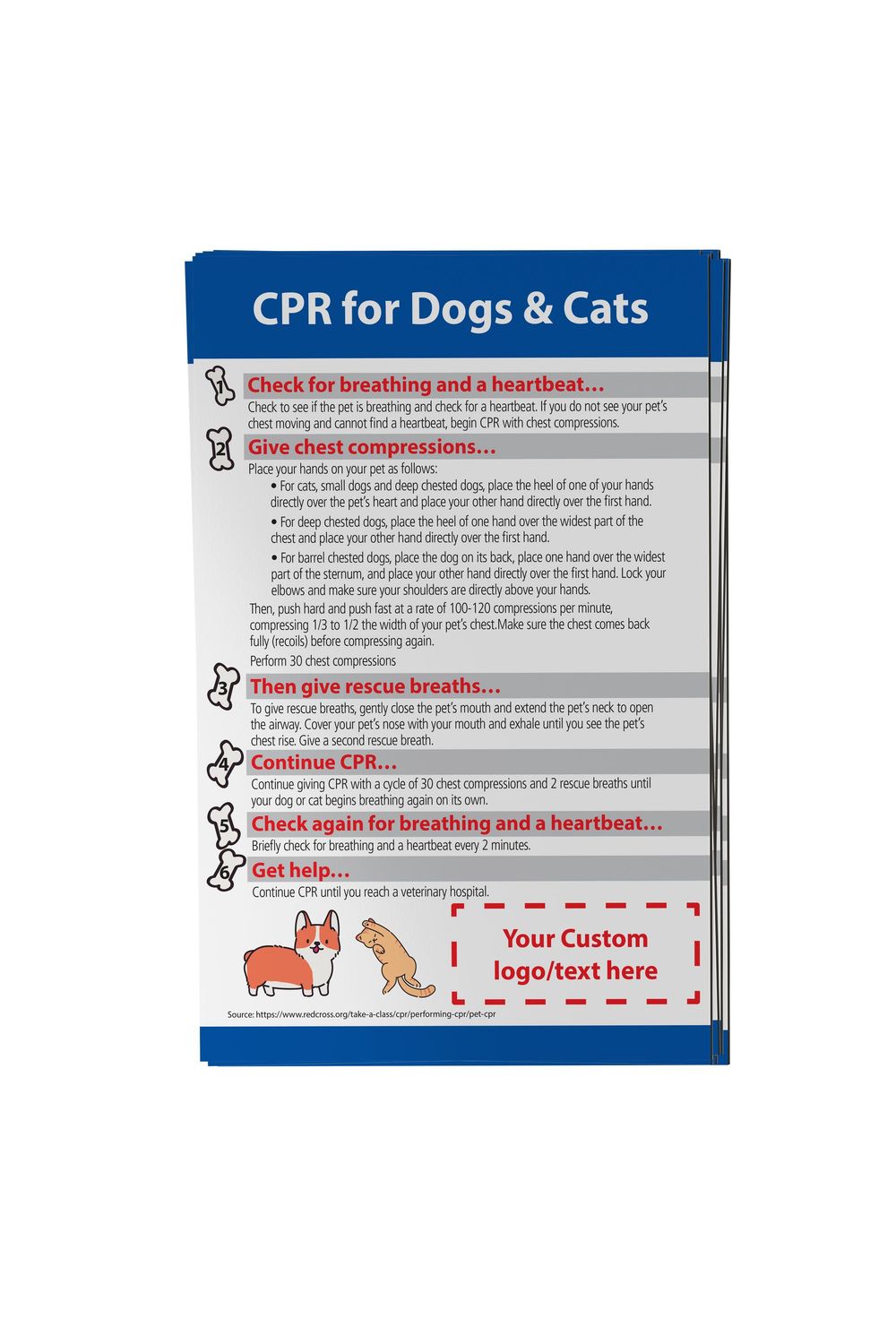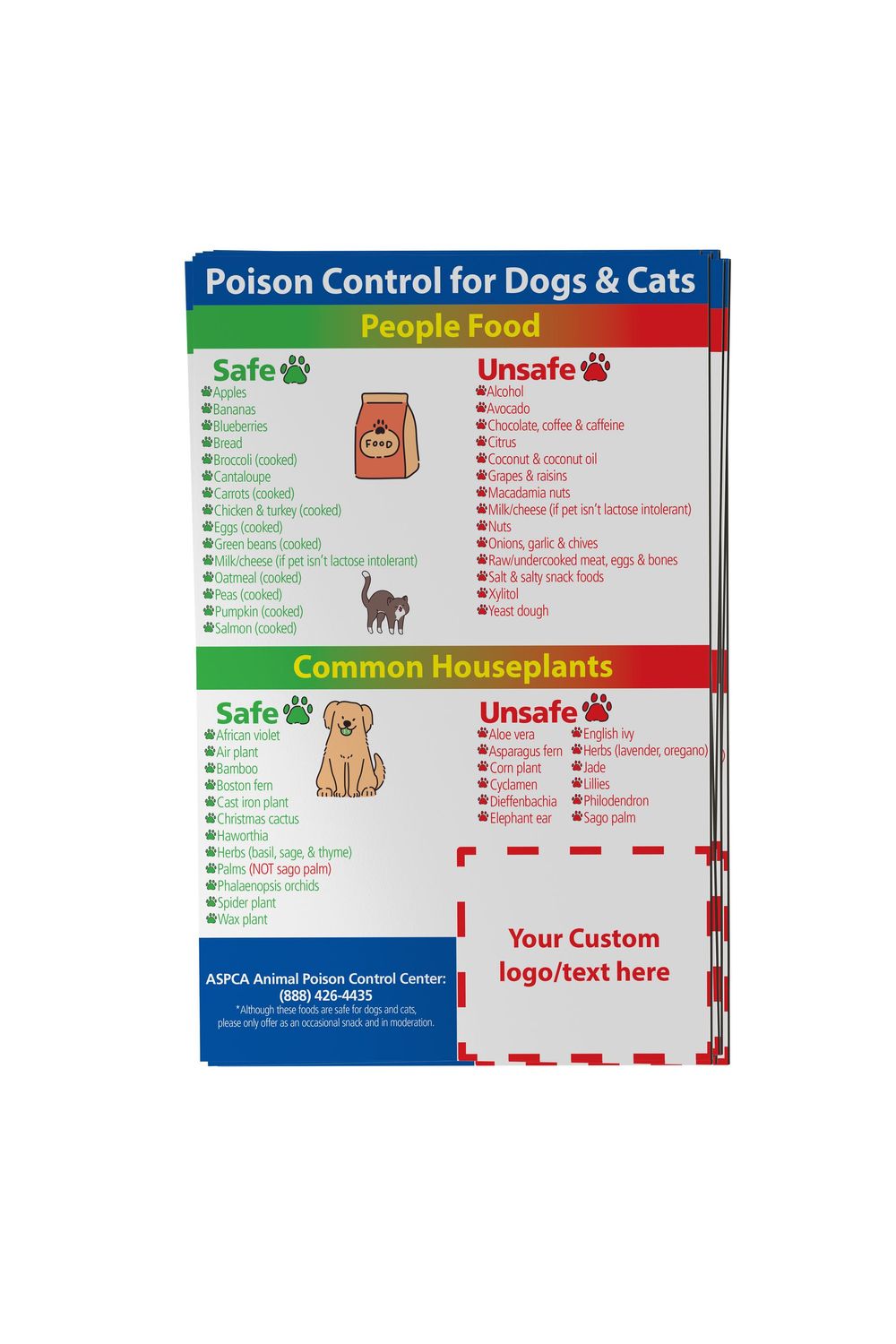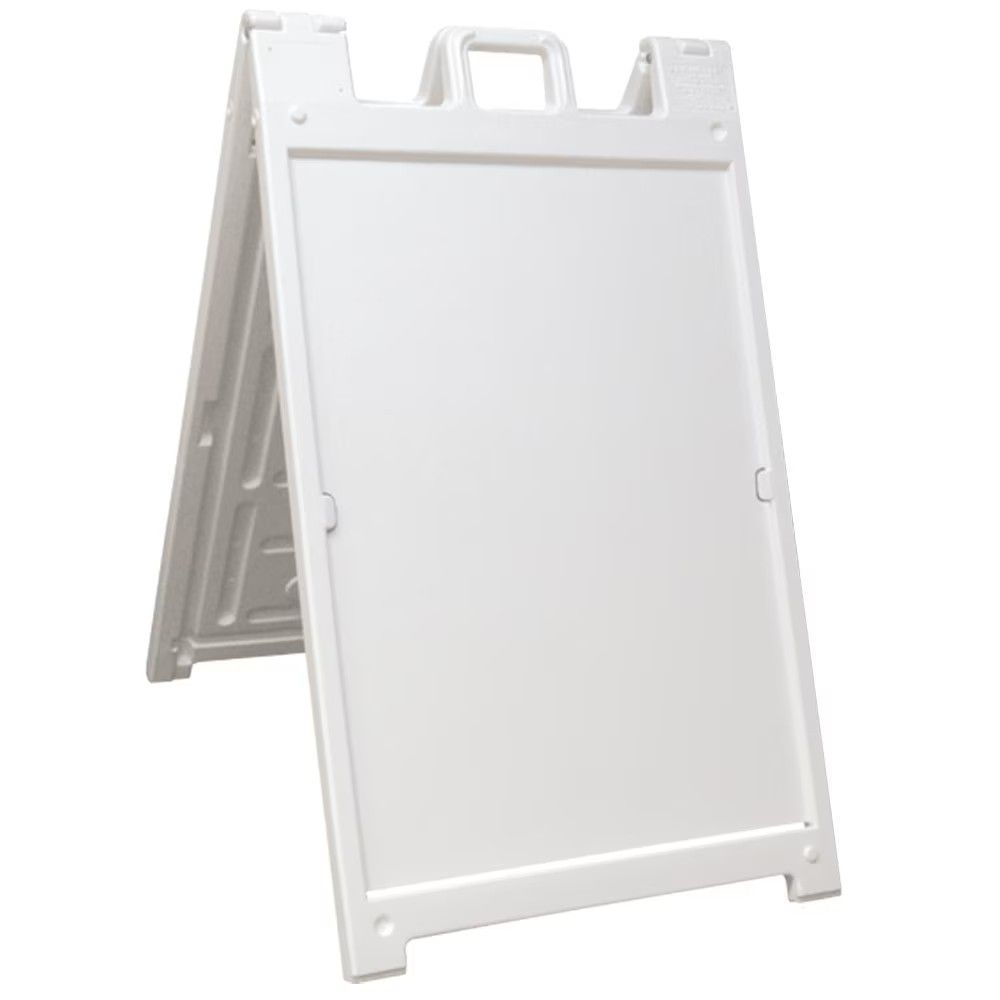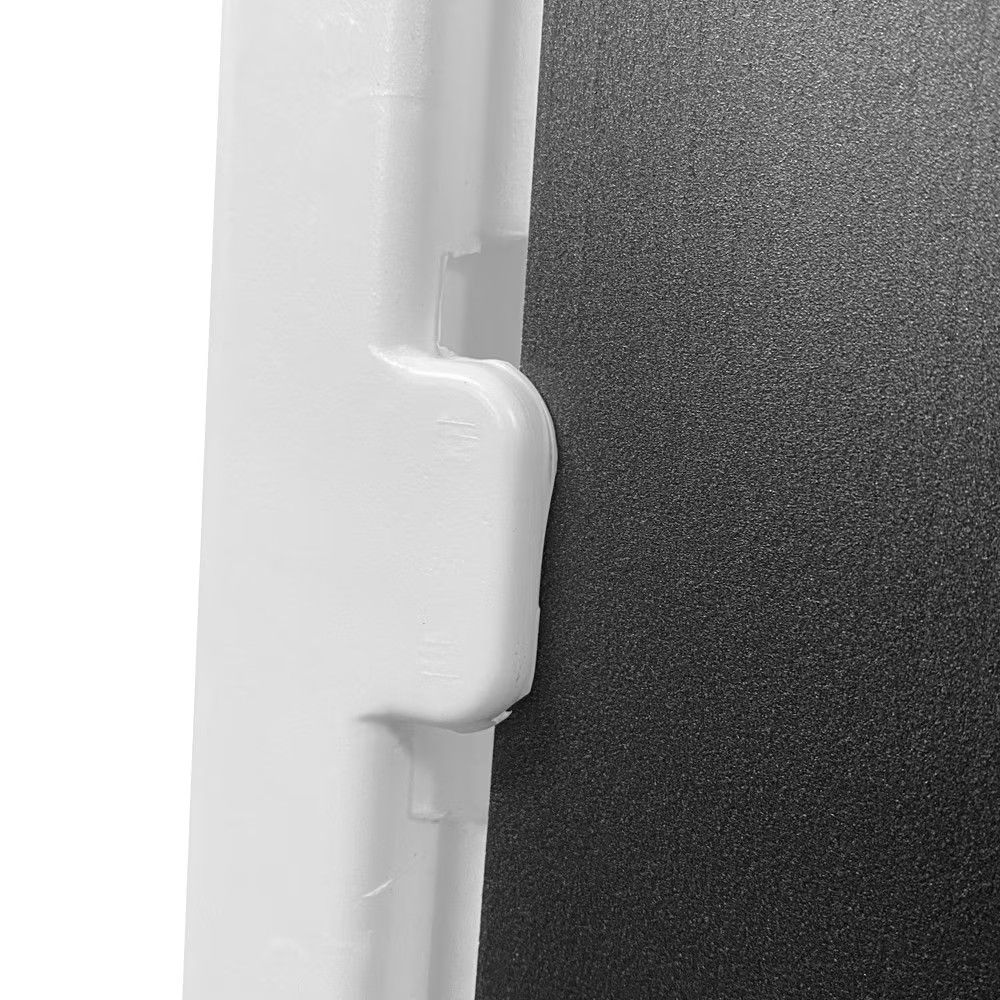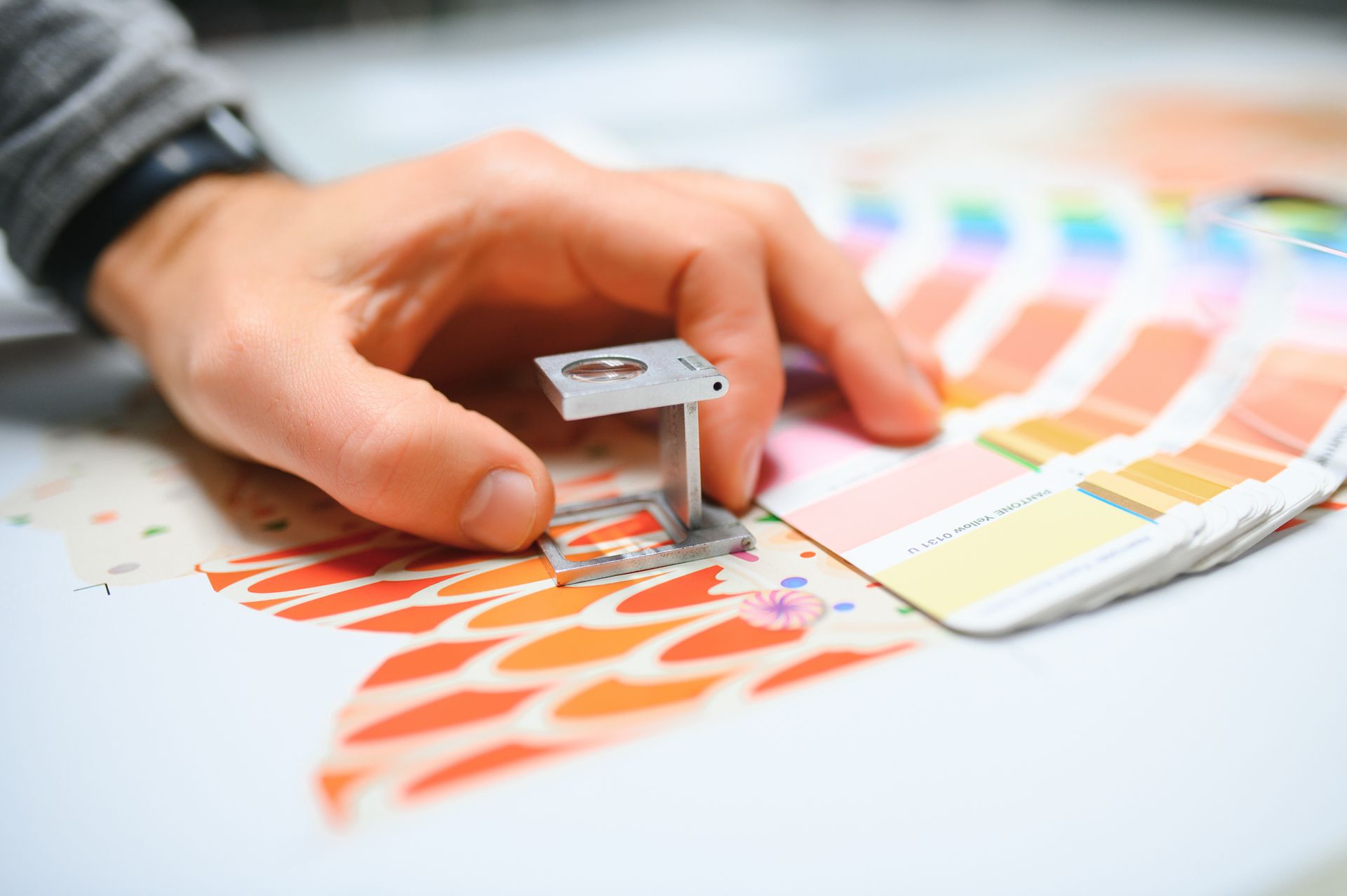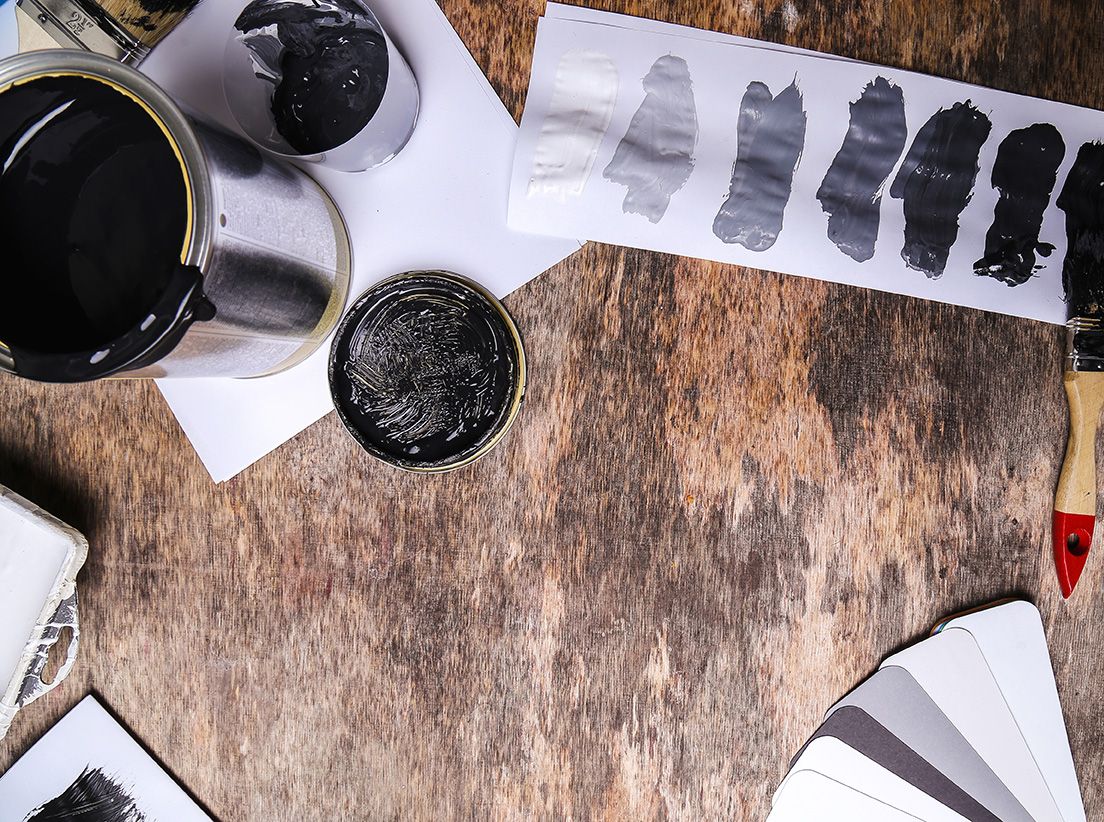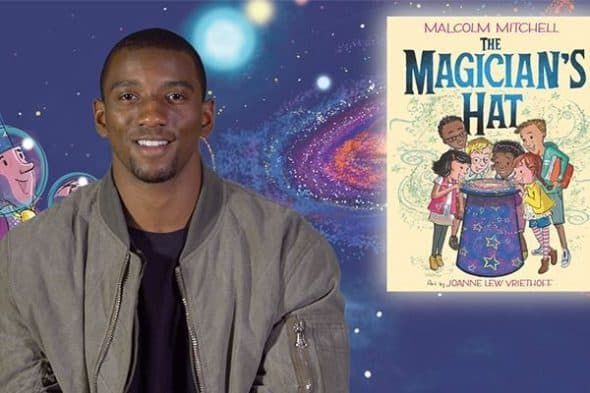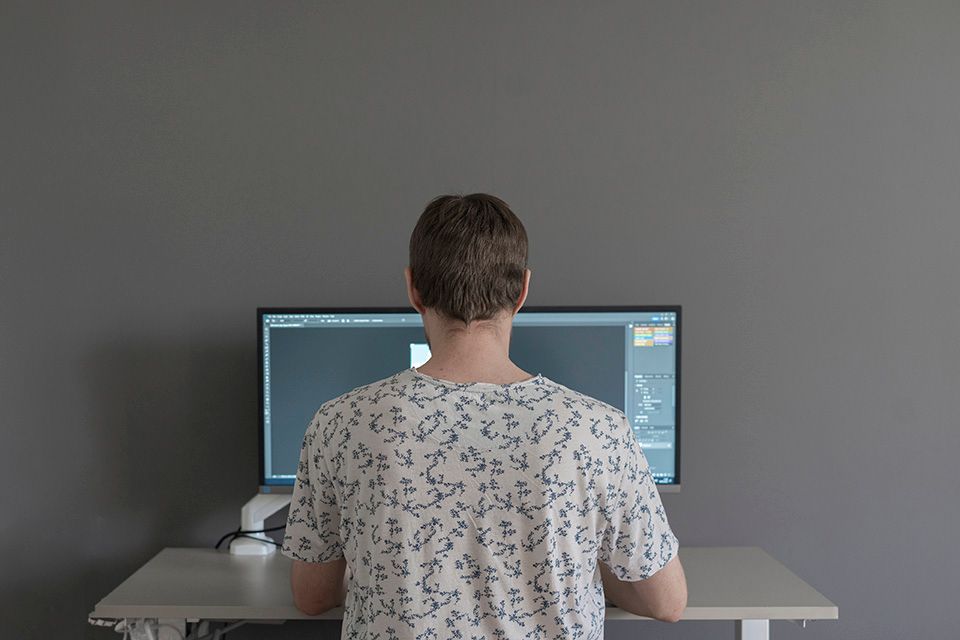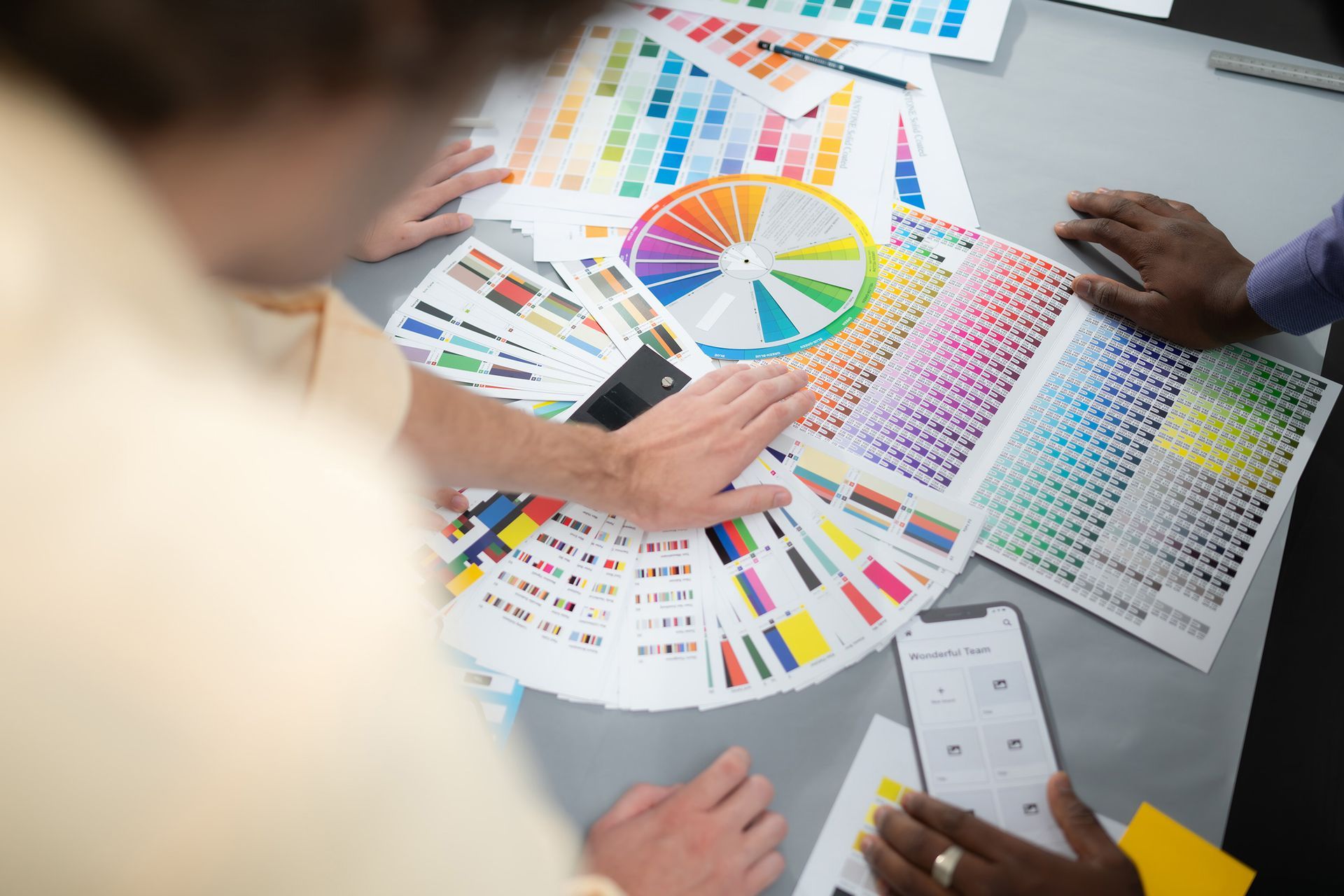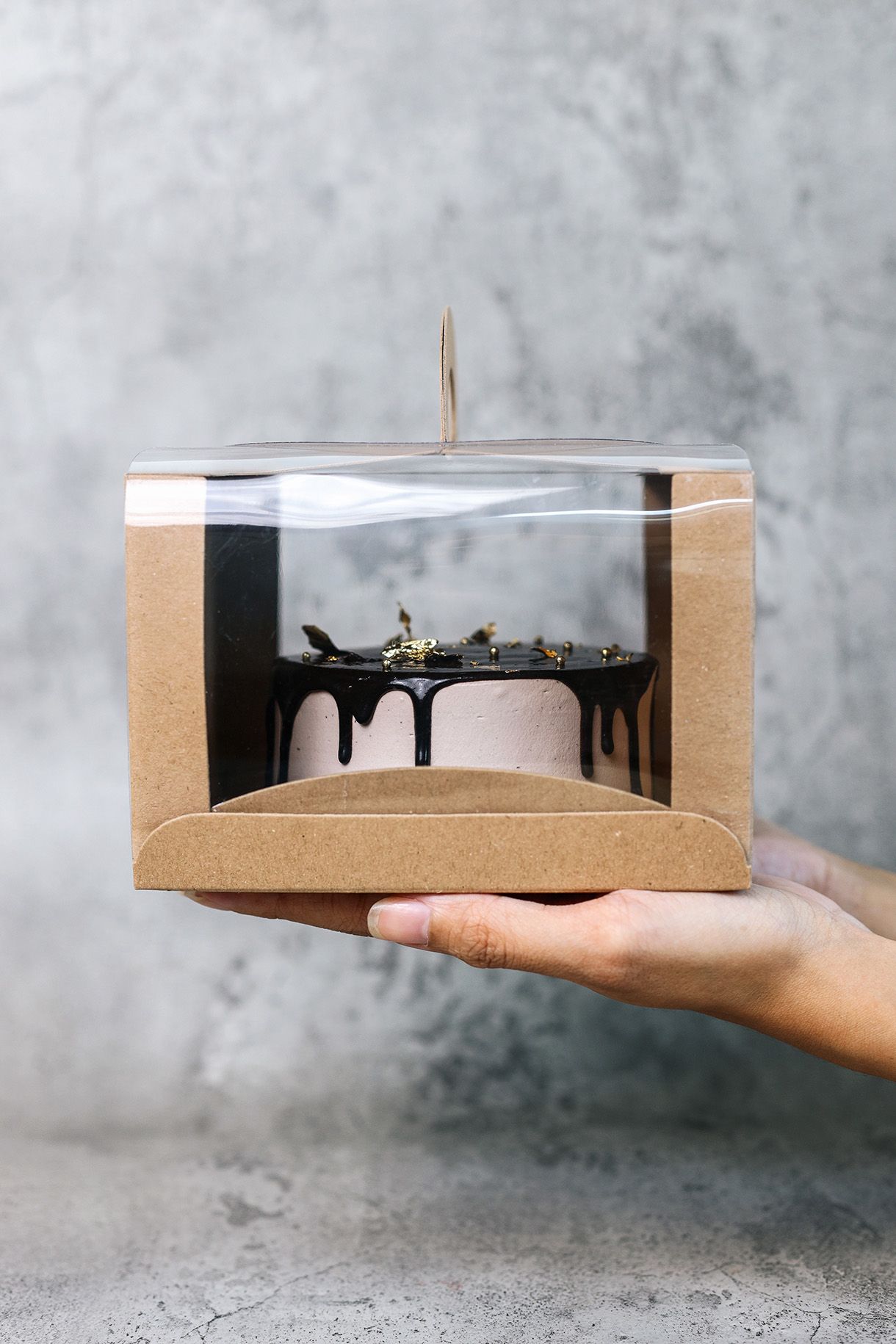Why Do We Ask for a PDF?
The Secret to a Faster, Smarter, & More Affordable Print Quote

If you've ever requested a quote for a printing project, one of the first things we ask for is a PDF. You might wonder, "Can't you just quote from my description? It's 1,000 black-and-white flyers on 100# gloss text!"
While we absolutely can give a ballpark estimate from that, providing a PDF is the key to unlocking the most accurate and cost-effective price for your specific project. It’s not just a formality; it’s the blueprint that helps us engineer the best possible outcome for your budget.
Think of it like a contractor asking for blueprints before quoting a renovation. They need to see the specifics to know exactly how much material and labor is required. For us, your PDF is our blueprint.
Here are the top reasons why that PDF is so valuable.
1. The Bleed vs. No-Bleed Puzzle: Maximizing Every Square Inch
This is one of the biggest factors in sheet-fed printing, and it directly impacts your cost.
•What is Bleed? Bleed is the extra color or image that extends beyond the final trim edge of your document. It ensures that your print has no unprinted white edges after it’s cut to size.
•The "Nesting" Game: When we impose your job—arranging multiple copies on a large printer's sheet—the presence or absence of bleed changes the game.
o With Bleed: We have to leave a small gutter of space between each item to account for the bleed and the final cut. This often means we can fit fewer items per sheet.
o Without Bleed: If your design has a plain white background and no bleed, we can use a technique called "butt-cutting." This allows us to place the cut marks right next to each other, essentially stacking your items much closer together. We can often fit more on a single sheet.
The Real-World Impact: A job without bleed might fit perfectly 8-up on a more standard (and less expensive) 12x18 sheet. That same job with bleed might only fit 6-up, forcing us to use a larger, more expensive 13x19 sheet, or even require more sheets overall. Seeing your PDF tells us exactly which scenario we're dealing with, saving you from a surprise price increase later.
2. Color or Black & White? It’s Not Always Obvious.
You might know your flyer is black and white, but does your file?
• We often receive files set up as full-color (CMYK) that only use black ink. Printing a file set to CMYK uses all four color stations on the press, even if the result looks gray. This is significantly more expensive than running a true "Black & White" or "Grayscale" file, which only uses the black ink station.
•By inspecting your PDF, we can see exactly how the color is built. If we quote you for a CMYK job but your file is 100% black, we can immediately offer you the more affordable B&W price. Conversely, if we quote for B&W but your file has full-color photos, we can catch that early and provide the correct CMYK quote, ensuring there are no delays.
This small detail can make a substantial difference in the final cost.
3. Avoiding Hidden "File Fixing" Fees
This point is a direct result of the first two. Many customers think that fixing a missing bleed or converting a file from color to black-and-white is part of our standard "setup fee."
There's an important distinction:
• Press Setup: This is the cost for the press operator to load the paper, calibrate the machine, and ensure the color and print quality are perfect. It also includes the automated process of imposing or "nesting" the files for printing.
• Pre-Press File Correction: This is different. Fixing a file—like adding bleed or rebuilding a black-and-white file to properly use only one ink—requires the time and skill of a graphic artist. It is manual, pre-press work that happens before the file is ever sent to the press.
By providing a print-ready PDF from the start, you help us avoid these pre-press correction fees. We can either quote the job accurately from the beginning or, even better, point out the issue so you can have your designer make the simple fix at no cost to you.
The Bottom Line: Helping You Meet Your Goals
All these technical details serve one main purpose: to be your partner. Most of our customers are working with specific budgets or need internal approval from a supervisor.
An inaccurate quote or unexpected "file fixing" fee can derail a project.
By providing a PDF upfront, you empower us to:
• Find Efficiencies: We might spot an opportunity to suggest a slight paper size change that gets you more "up" on a sheet.
• Prevent Surprises: There are no last-minute price jumps because we discovered a technical requirement after the fact.
• Offer Smart Alternatives: "I see this is a black-and-white document. If we switch it to our grayscale printing, I can save you 25% and keep you under your budget."
• Eliminate Extra Fees: A print-ready PDF means you pay for printing, not for file troubleshooting.
In essence, that PDF allows us to be more than just an order-taker; it lets us be a partner in your project's success.
Ready for your next quote? Have your print-ready PDF ready, and let’s get started!




